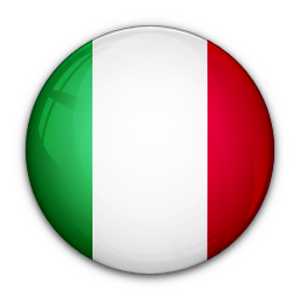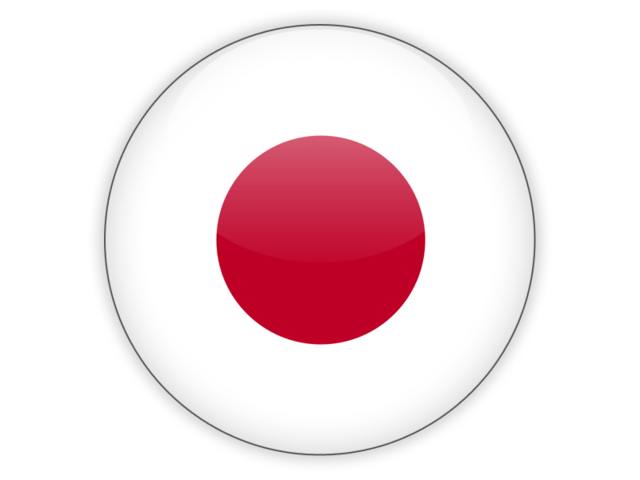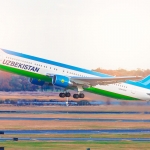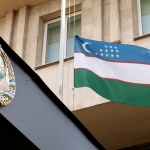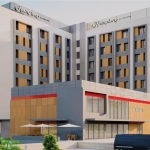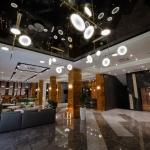30 AUGUST 2019 Y.
Independence square Tashkent is a constant venue for the most important Uzbekistan celebrations, such as Independence Day-September 1, and New Year’s Eve - January 1 with the traditional "Presidential Tree". These days, musicians play here and artists, tightrope walkers, and clowns give performances. Located in the Tashkent heart, this is a favorite place for citizens to walk in the aesthetic environment of fountains.
Previously, the "Saray" — Kokand Khan’s Palace was located nearby. The present square territory, starting from the 19th century, after the Russian administration in Asia establishment & the construction of the brand-new-city-part on the Ankhor bank, became a place for military parades. On the left, they built the "White House" -Turkestan Governor-General’s residence.
The first name of Tashkent Independence square is "Cathedral square" since the Spaso - Preobrazhensky (military) Cathedral was built opposite.
"Red Square" Tashkent
In 1930, the Cathedral was demolished, and at the same time received a new name. In addition, the Governor-General's house was transformed into the building of the Uzbek SSR Council of People's Commissars.
"Lenin square" Tashkent
The name of the Independence Square of the Soviet-era times, with a central monument & fountains under construction.
"Mustakillik Maidoni" - or "Independence Square" Tashkent
It became in 1992, after gaining sovereignty. As a result of global reconstruction, it has acquired a modern look and has significantly increased in size, amounting to almost 12 hectares today.
The Central composition is a symbolic monument in the globe form, with underlined contours of Uzbekistan, and under it "Motherland" - the figure of a woman with a baby, representing the future.
The square’s left part is reserved for state and administrative centers, with classical architecture, columns, but modern design of buildings. This is the former library named after A. Navoi, and now - the building of the Uzbekistan Senate & the Cabinet of Ministers.
The Central arch of " Ezgulik "("Good and noble aspirations") consists of 16 marble columns, on top of which there are sculptures of storks rising up. These "sunbirds" in most countries have the most positive meanings, as a symbol of peace, creativity, good, spring revival, bringing good news and in ancient times, considered the "home guardian angel".
The right part is reserved for "green" park areas with cascades of fountains, in the far part of which there is an alley of eternal memory and glory of soldiers who died during the Second world war. The side part is decorated with wooden columns decorated with carvings, as well as galleries — books of memory that store on their pages the names of fallen heroes who fought for their Homeland. The ensemble is crowned by the figure of a Grieving mother, set in front of the circle of Eternal fire.
Every year, on Memorial Day – May 9, thousands of residents come here to lay flowers and pay homage to the heroic generations who gave their descendants a peaceful sky.






